Eastern meditation practices have long been associated with mental clarity and emotional balance, but recent neuroscientific research has begun to uncover their profound effects on the brain's default mode network (DMN). This network, active when the mind is at rest and not focused on the external environment, is linked to self-referential thoughts, mind-wandering, and even conditions like anxiety and depression. The intersection of ancient contemplative traditions and modern neuroscience offers a fascinating lens through which to explore how mindfulness and meditation can reshape our neural architecture.
The default mode network, first identified in the early 2000s, has since become a focal point for understanding how the brain processes internal narratives. Studies suggest that excessive activity in the DMN correlates with rumination and negative thought patterns. Here, Eastern meditation techniques—particularly those emphasizing focused attention or open monitoring—appear to modulate this network, potentially reducing its hyperactivity. Researchers have observed that experienced meditators exhibit decreased DMN activity during practice, accompanied by a heightened sense of present-moment awareness.
One compelling aspect of this research is how it bridges subjective experience with objective data. Practitioners of Eastern meditation often report a diminished sense of ego or self-centered thinking, which aligns with the observed downregulation of the DMN. This neurological shift may explain why regular meditation is associated with reduced stress and improved emotional regulation. The ability to "quiet" the default network could be a key mechanism behind the therapeutic benefits of these practices.
Advanced neuroimaging techniques have allowed scientists to map these changes with increasing precision. Functional MRI studies reveal that meditation not only reduces baseline DMN activity but also enhances connectivity between the DMN and other brain networks involved in cognitive control. This suggests that meditation doesn't merely suppress the default network; it may help integrate its functions more harmoniously with the brain's broader systems. Such findings challenge earlier views of the DMN as purely a source of distraction, reframing it as a dynamic system that can be trained for greater adaptability.
The implications of this research extend beyond personal well-being. In clinical settings, DMN dysregulation has been implicated in a range of psychiatric disorders. Preliminary studies indicate that meditation-based interventions could complement existing treatments for depression, PTSD, and even neurodegenerative diseases. By cultivating awareness of one's thought patterns, individuals may gain greater agency over the neural circuits that shape their mental health. This convergence of ancient wisdom and cutting-edge science opens new avenues for holistic approaches to mental care.
Critics, however, caution against oversimplifying the relationship between meditation and the DMN. The brain's plasticity means that changes observed in meditators could stem from a variety of factors, not just the practice itself. Moreover, different forms of meditation—such as focused attention versus loving-kindness practices—may influence the brain in distinct ways. Ongoing research aims to disentangle these variables while exploring how individual differences in brain structure might mediate the effects of meditation.
What emerges from this growing body of evidence is a nuanced picture of how deliberate mental training can reshape brain function. The modulation of the default mode network through Eastern meditation practices represents more than just a neurological curiosity—it underscores the profound capacity of the human mind to transform itself. As neuroscience continues to validate what contemplative traditions have long asserted, we may be witnessing the dawn of a new era in understanding the science of consciousness and self-regulation.
The practical applications of these findings are already taking shape. From corporate mindfulness programs to clinical therapies, techniques derived from Eastern meditation are being adapted for modern contexts. Yet the essence remains unchanged: by turning inward and observing the workings of the mind, we gain the power to change them. This ancient-modern synthesis promises not just better brain health, but perhaps a deeper understanding of what it means to be human in an increasingly distracted world.

By /Jul 14, 2025

By /Jul 14, 2025

By /Jul 14, 2025
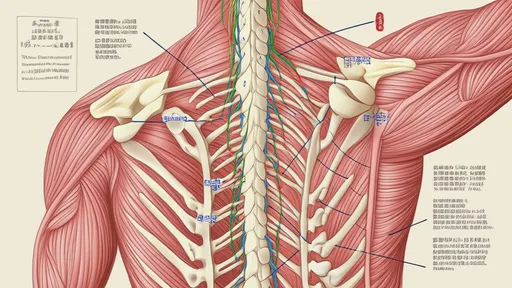
By /Jul 14, 2025
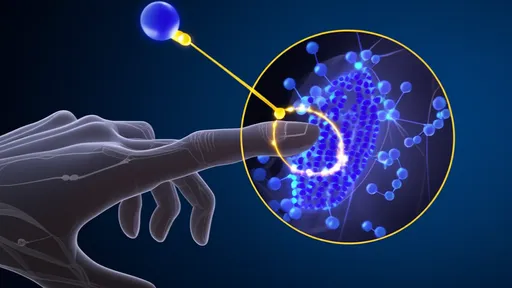
By /Jul 14, 2025
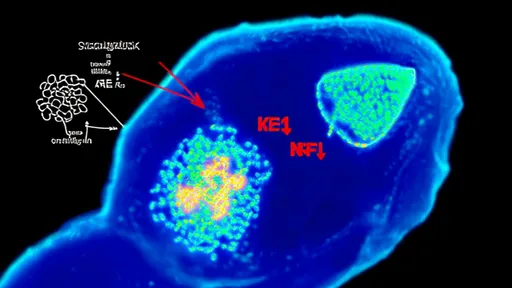
By /Jul 14, 2025

By /Jul 14, 2025

By /Jul 14, 2025
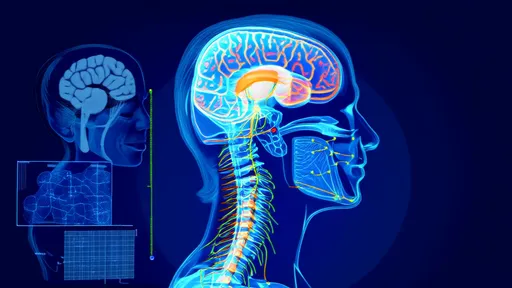
By /Jul 14, 2025

By /Jul 14, 2025

By /Jul 14, 2025
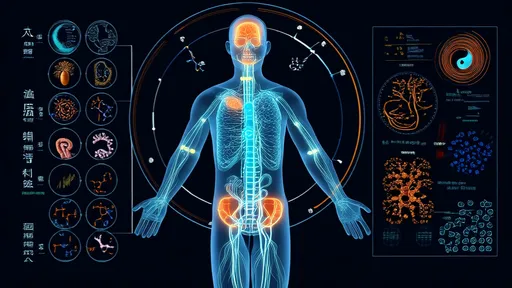
By /Jul 14, 2025

By /Jul 14, 2025

By /Jul 14, 2025

By /Jul 14, 2025

By /Jul 14, 2025

By /Jul 14, 2025

By /Jul 14, 2025